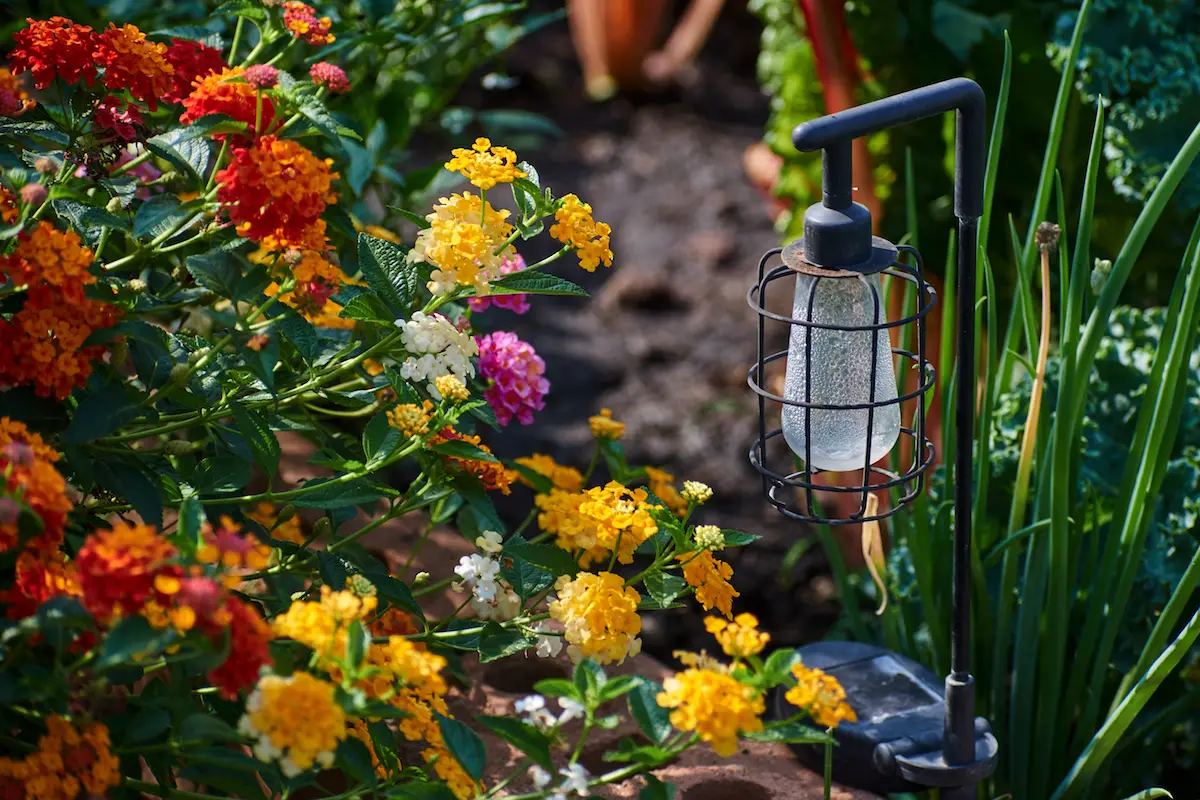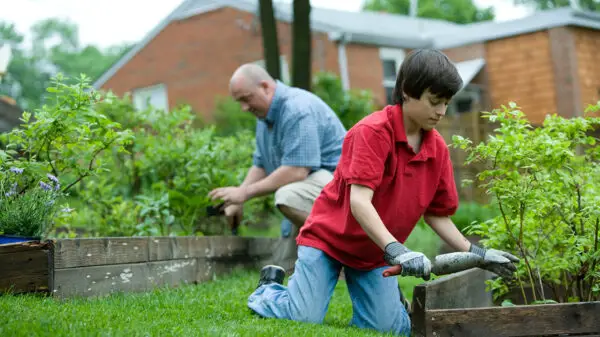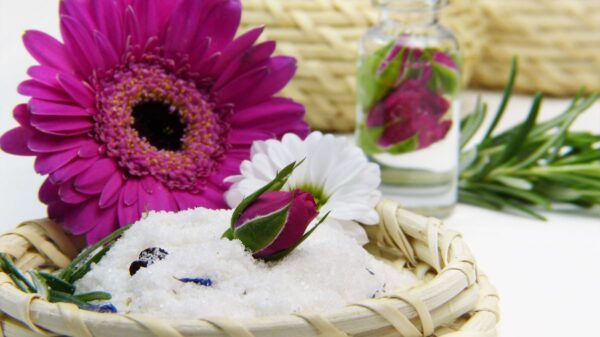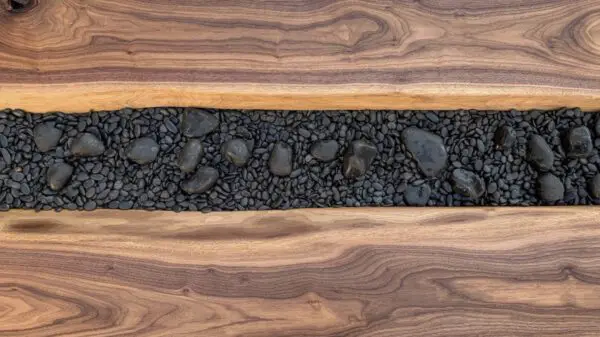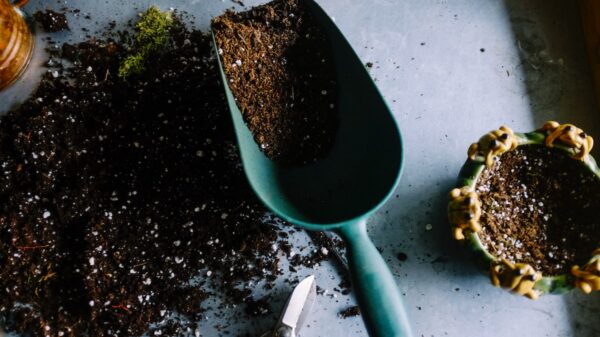The Best Flowers That Thrive During a Drought
If you’re looking for a way to add some color and liveliness to your garden during a drought, consider planting drought-tolerant flowers. These flowers are specially adapted to survive in dry and/or hot climates, and they require very little maintenance. In this blog post, we will discuss which flowers are the best choices for drought-tolerant gardens that can really improve the aesthetic look of your exterior.
Here are a few of our favorite drought-tolerant flowers:
- Blanket Flowers
- Lantana
- Marigolds
- Pincushion Flowers
- Sunflowers
- Pentas
Now that you know a few of our favorite drought-tolerant flowers, let’s talk more about what makes these flowers so great and how to create and maintain a beautiful flower bed!
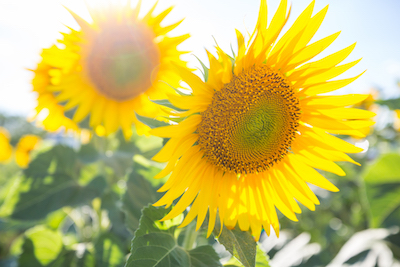
What Makes a Flower Drought-Tolerant?
Drought-tolerant flowers are specially adapted to survive in dry and/or hot climates. They have deep roots that allow them to access water even when the soil is dry. They also have thick leaves that help them retain water. And, they often bloom during the cooler months when it’s not as hot and there’s more moisture in the air.
A common misconception is that the only type of plant that is drought tolerant are cacti or succulents. While those plants are great for hot or dry climates- they may not be the best choice for you. For example, just because an area is experiencing a drought, it doesn’t mean that the climate zone is a good long-term fit for a cactus. If you live in an area that is prone to drought, it’s important to choose plants that are native to your region or that have been specifically bred to withstand the conditions of your climate.
The Types of Drought-Tolerant Flowers
Here are a few of our favorite drought-tolerant flowers:
1. Blanket Flowers
These beautiful flowers come in a variety of colors including yellow, orange, and red. They are very easy to care for and require very little water.

2. Lantana
Lantana is another drought-tolerant flower that comes in a variety of colors including yellow, pink, and purple. These flowers are very easy to care for and are resistant to both pests and diseases.
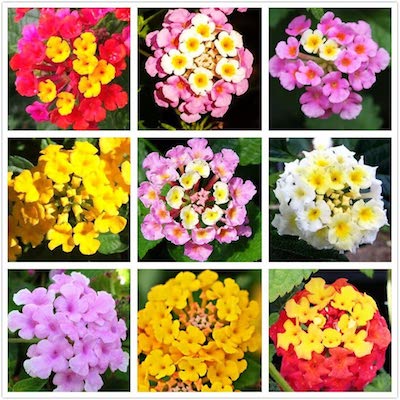
3. Marigolds
Marigolds are well-known for their ability to thrive in hot and dry conditions. These flowers come in a variety of colors including yellow, orange, and red. Marigolds are also very easy to care for and require very little water.
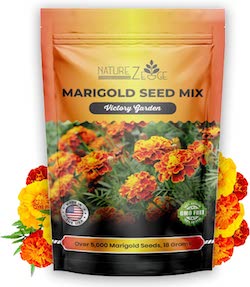
4. Pincushion Flowers
Pincushion flowers are beautiful flowers that come in a variety of colors including white, pink, and purple. They are very easy to care for and require very little water.
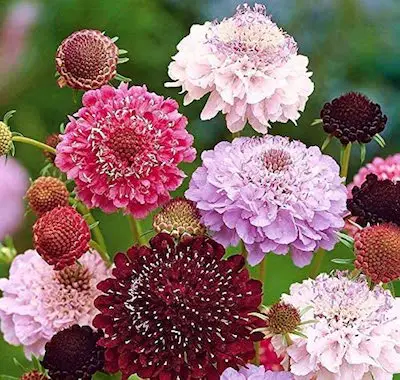
5. Sunflowers
Sunflowers are one of the most popular drought-tolerant flowers. These beautiful flowers come in a variety of colors including yellow, red, and orange. They are very easy to care for and require very little water.

6. Pentas
Pentas is a drought-tolerant flower that blooms all summer long. It’s available in many different colors including pink, white, and red.
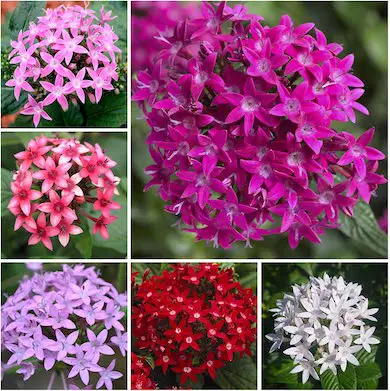
How to Choose Drought-Tolerant Flowers
When choosing drought-tolerant flowers for your garden, it’s important to consider the climate in which you live. If you live in an area that experiences long periods of drought, it’s important to choose flowers that are specifically adapted to survive in dry conditions. Some of the best choices for drought-tolerant gardens include Blanket Flowers, Lantana, Marigolds, Pincushion Flowers, Sunflowers, and Pentas.
It’s also important to consider the amount of sun and heat that your garden receives. If you live in an area that experiences long periods of sun and heat, it’s important to choose flowers that can withstand those conditions. Some of the best choices for hot and sunny gardens include Blanket Flowers, Lantana, Marigolds, Pincushion Flowers, and Sunflowers.
If you aren’t sure if a flower is drought-tolerant, you can always ask your local nursery or check the plant’s label. You can also do an internet search on various flowers to see which ones you like.
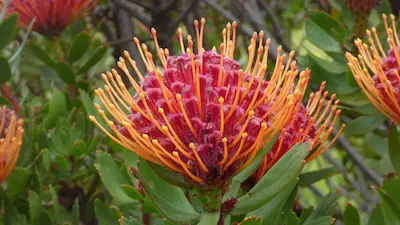
How To Care For Drought-Tolerant Flowers
The other advantage to drought-tolerant flowers is that they are also very easy to care for. They don’t require a lot of water or attention and can often be left to “fend for themselves.” However, there are a few things you can do to help your flowers thrive.
1. Choose the Right Location In the Garden
First, it’s important to choose the right location for your garden. Drought-tolerant plants prefer well-drained soil and full sun. If you have clay soil, it’s important to amend it with sand or organic matter to improve drainage. It’s also important to avoid planting in low-lying areas where water can pool.
2. Mulch Around the Base of the Plants
Once you’ve chosen the right location, you can help your flowers thrive by mulching around the base of the plants. Mulch helps to retain moisture in the soil and can also help to keep weeds at bay.
3. Water Your Plants Deeply
It’s also important to water your plants deeply but infrequently. This will encourage the roots to grow deep into the soil in search of water. watering once a week should be sufficient for most drought-tolerant plants. during periods of extended drought, you may need to water more frequently.
4. Fertilize Your Plants
Finally, it’s important to fertilize your plants once a year with a slow-release fertilizer. This will help them to stay healthy and strong during periods of stress. With a little care and attention, you can have a beautiful and drought-tolerant flower garden!
What Flowers Are the Least Drought Resistant?
While there are many flowers that are drought-resistant, there are a few that are less tolerant of dry conditions. While these plants can survive in periods of drought, they will likely need more water than other types of plants. If you do live in a dry or hot climate, there are a few flowers that are best to avoid if you want to save yourself time and effort. These include:
- Impatiens
- Begonias
- Geraniums
- Petunias
- Zinnias
While these plants are not the best choice for outside gardens – you could always have them inside if you just have to have them!
Tips For Creating a Beautiful Flower Garden
It’s no secret that flowers can really improve the aesthetic look of your garden and home. But sometimes getting it started can be overwhelming! Here are a few tips for creating a beautiful flower garden:
1. Start Small
Don’t try to do too much at once. Start with a few flowers and then add more as you go. Start with one or two types of your favorite ones and see how it goes for a season!
2. Choose the Right Location
As we mentioned before, it’s important to choose a location that gets full sun and has well-drained soil. Also, make sure it is a location free of animal intruders.
3. Map It Out
Get a feel for the space you have to work with and then map out where you want each plant to go. This will help you avoid overcrowding and also help you make sure each plant gets the right amount of sun.
4. Prepare the Soil
This is one of the most important steps! The better you prepare your soil, the better your plants will grow. Be sure to loosen the soil and add some organic matter to it before planting.
5. Mulch
As we mentioned before, mulching is key to retaining moisture in the soil and keeping weeds at bay. Be sure to add a layer of mulch around your plants after they are planted. Not only is mulch healthy for your plants, it adds a more uniform and finished look to your garden.
6. Add Lots of Variety
Once you’ve got a handle on the basics, you can start to add more variety to your garden. Try different colors, textures, and heights to really make your garden pop! This will also help when some types of flowers struggle at times- you’ll always have something else to fill in the gaps.
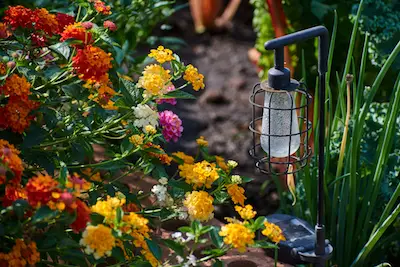
Keeping Your Flowers Weed and Pest Free
Now that you have your flowers picked out, planted, and a beautiful garden going, it’s time to maintain. We know this isn’t most people’s favorite part but it’s so important to keep your garden looking great even if you only have drought-tolerant flowers.
Here are a few tips for keeping your flowers weed and pest free:
Weeding
This one is pretty straightforward. Be sure to pull weeds regularly, especially when they are young. The longer you let them grow, the harder they will be to remove. Try to get them before they go to seed to prevent them from spreading.
Mulching
As we mentioned before, mulch is great for your flowers! Not only does it help with moisture retention, but it also blocks out sunlight which prevents weed seeds from germinating. Be sure to replenish your mulch every few months to keep it fresh and effective.
Pest Control
Another reason to keep your flowers mulched is that it helps with pest control. Mulch acts as a barrier between the soil and the plant which makes it harder for pests to reach your plants. If you do notice pests, be sure to remove them by hand or use an organic pesticide.
Watering
As we mentioned before, drought-tolerant flowers still need water! Be sure to water your plants regularly, especially when they are first getting established. Once they are established, you can cut back on watering but be sure to check the soil before watering to make sure it is dry.
Conclusion
With these tips, you should have no problem keeping your flowers healthy and beautiful all season long! Just remember to start small, choose the right plants, and prepare your soil well and you’ll be on your way to a stunning garden in no time. Thanks for reading our article today and good luck!
Related Questions
What non-flowering plants are drought-tolerant?
There are a number of non-flowering plants that are drought-tolerant, including succulents, cacti, and certain types of grasses. These plants are often used in xeriscaping, or the practice of landscaping with low-water plants. Using these plants in addition to your drought-tolerant flowers can really improve the aesthetic look of your exterior.


